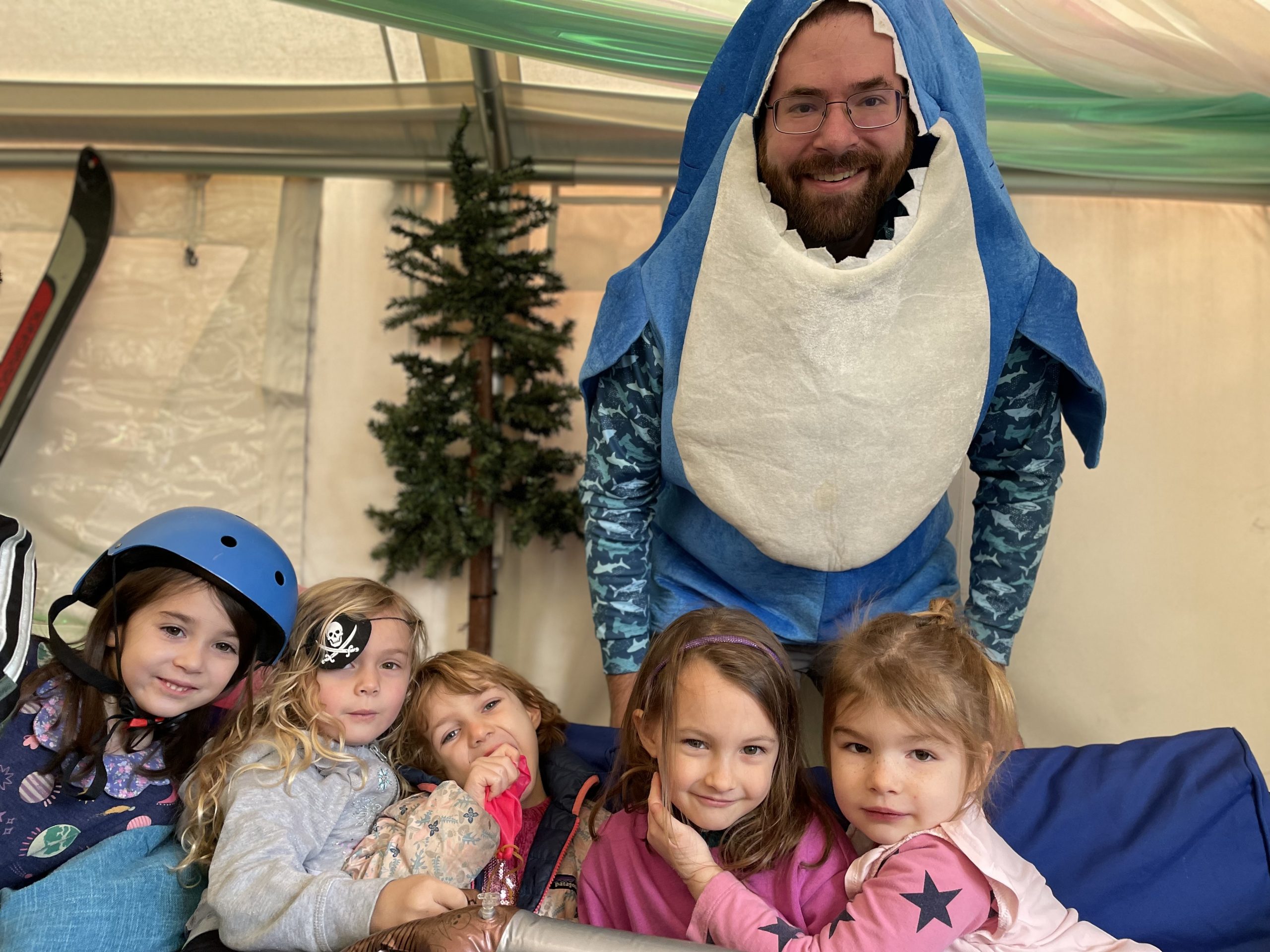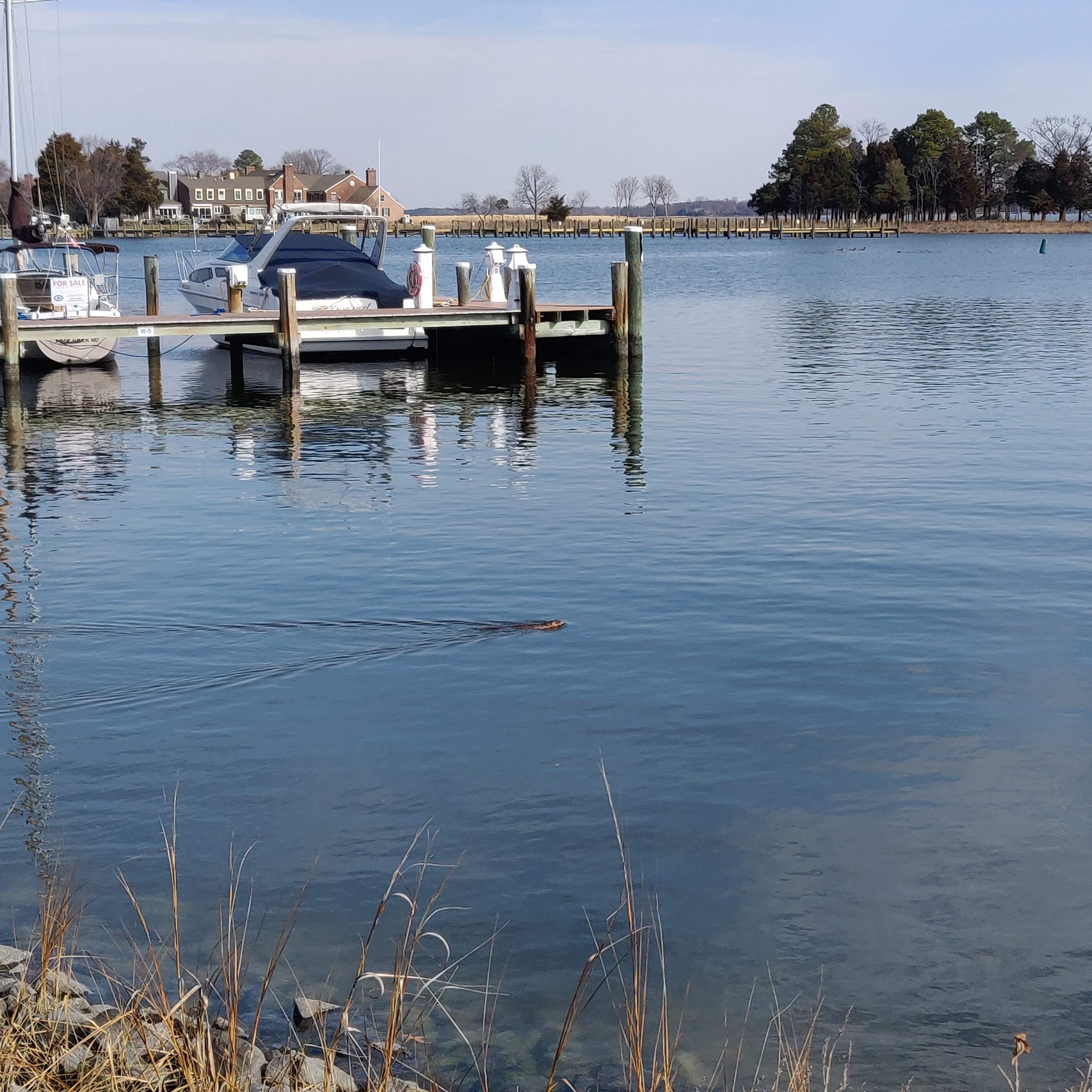“Logic is a tweeting bird” – Spock, Star Trek
Social media can be a great tool for spreading and disseminating published science. Potentially it can reach a wide audience and for free !
Most platforms allow you to insert links to direct readers to the original paper or publication. If you are working in an area that is relevant to conservation or policy, social media can be a great way of getting papers to the right audience that may need that information (Parsons et al., 2014). Moreover, there is now increasing data that using social media can increase download and citation rates of scientific papers, which in turn is good for the careers of scientists in an academic setting.
Several professional societies and scientific conferences over the years have tried to encourage scientists to produce tweets and social media posts to better communicate their science to a wider audience. This wider audience is generally assumed to be the general public. But many looking at science on social media are likely to be scientists and academics in other fields, journalists. However, whilst some scientists are used to public outreach and using social media, many scientists struggle to hit the right note when composing tweets and facebook posts that are appealing to a wider audience (e.g. see Parsons et al. 2014 for some examples).
Therefore, here are some suggestions for scientists wanting to spread their science on social media, particularly Twitter.
What is the key finding of your study?
This is what the audience is most interested in – they aren’t interested in the methods of the background necessarily, but there are likely interested in…
What are the implications of the study?
Are the findings important for conservation? Do the findings tell us something new? Do the findings tell us something that might impact your readers personally? Basically what was cool about the study and how was it useful ?
Simplify, but don’t dumb it down
Assume that your audience is intelligent and interested, but they might not necessarily understand technical terms, therefore…
Don’t use jargon !
The Society for Conservation Biology tried to encourage scientists are their main conference to provide a tweetable abstract of their study. While some were good… many were not, and most were unusable. Many used overly technical jargon which is something to avoid, as noted above.
Don’t just tweet the title of your paper/talk
They found that the majority of submitted abstract tweets were shortened, slightly rewritten or repeated versions of the talk title. That is just repetitive and/or redundant, and sometimes, quite frankly, boring.
Rarely do titles of papers really convey the real findings of a study, but rather they tend to convey what is done. As noted above, you want to convey the findings and implications of your study and not just the methods.
Other common mistakes were using superfluous hashtags or exceeding the character limit (Parsons et al. 2014).
Twitter uses hashtags as a way to search for topics of interest.
For example, adding a few hashtags on a few key descriptors such as#whale, #conservation, #pollution or #marinescience are useful hastags to add.
#But #A #Tweet #Full #OF #Hashtags is not. So…
Use relevant hastags, but use them sparingly
Twitter now allows 280 characters (as opposed to 140 previously), but included in those characters is the link to your paper of presentation, so 280 characters of description won’t allow the important link to your actual paper to be included.
Include a picture
This is very important. An image can be added to a tweet at the expense of just a few characters, and as they say, a picture is worth a thousand words. It’s been found again and again that an image will increase the number of clicks a tweet will get. So why not insert a cool picture of your study species. However, you could also attach a more scientific image. For example, a really important graph could be turned into a jpeg and attached.It’s very easy to basically make a mini poster in powerpoint, and then turn it into a jpeg image to attach to a tweet. However, if you do this, just bear in mind the size and quality of images and text, and making sure these are readable if tweeted.
Humor attracts attention, but try not to be corny
Paraphrasing a famous quote, or making a pop culture reference can help get more attention to your tweet. But try to avoid clichés. There are lots of “size does matter” and “to be or not to be” cutesy titles to scientific papers and tweets, which were amusing once, but are no so common as to be cringeworthy.
Here are some examples (from Parsons et al., 2014) of scientific tweets that portray key findings in a simple and accessible way: https://onlinelibrary.wiley.com/action/downloadSupplement?doi=10.1111%2Fcobi.12226&file=cobi12226-sup-0001-SuppMat.docx

